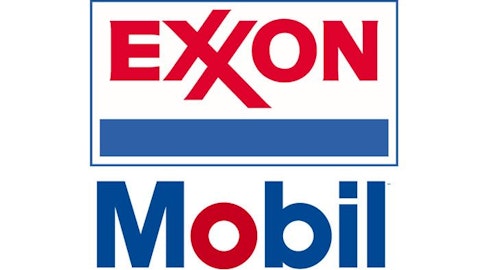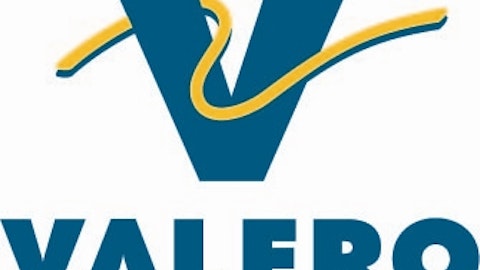Outside of managing our utility and gas bills, we don’t pay much attention to energy companies. The major players fuel our lives, from heating our houses to filling up our empty gas tanks. Clearly, we know what they cost us. But to understand what they can earn for us, it’s important to understand the energy sector’s key revenue drivers. Using three fundamental benchmarks, here’s a comparison of how some major players stack up.
1. Reserve replacement ratio
The reserve replacement ratio (RRR) is important because it tells investors how much new oil (or BOE, barrels of oil equivalent) is being discovered versus oil being extracted. If a company has a ratio below 100%, the firm is slowly depleting its oil supply, which means that its major source of revenue is dwindling. Here are the RRR’s for three oil companies: Chevron Corporation (NYSE:CVX), Exxon Mobil Corporation (NYSE:XOM), and ConocoPhillips (NYSE:COP).

RRR is a straightforward metric; however, you should make sure you dig below its surface.
For example, a closer look at Exxon Mobil Corporation (NYSE:XOM) reveals that 40% of its 1.8 billion BOE (BOE includes oil, natural gas, and other energy assets measured in barrels of oil) of reserves are in the Bakken and Woodford plays. These plays have a short life. The number of rigs at Woodford shrunk from 84 a few years ago to just two today. And production at Bakken is expected to decrease by 94% over the next five years.
In fact, oil firms are currently transporting oil from Bakken by rail at three times the cost of running the oil through a pipeline. Why? A pipeline can’t be built in time to make a profit – Exxon Mobil Corporation (NYSE:XOM) is depleting Bakken reserves too quickly.
RRR is an important metric, but remember to approach it with a bit of skepticism. Do your homework and make sure that the reserves are quality and long-term.
2. Refining margins

For Chevron Corporation (NYSE:CVX), improved refining margins accounted for 49% of the increase in profits. In the same quarter, Exxon Mobil Corporation (NYSE:XOM) also had increased profits due to refining margins, posting an increase of 6% to $9.95 billion.
A ConocoPhillips (NYSE:COP) spinoff is also performing well. Since the firms split in April of 2012, ConocoPhillips and Phillips 66 (NYSE:PSX) share prices have travelled two opposing roads.

Coincidence? Hardly. Phillips 66, one of the largest independent oil refiners in the US, posted a profit of $1.4 billion for Q1 2013, up a stunning 120% from $636 million a year earlier. The firm’s $2.23 earnings per share beat analyst expectations of $1.89 per share because of increased refining margins, largely due to acquiring less-expensive crude for its refineries. In my opinion, the lack of a thriving refining operation is one of ConocoPhillips (NYSE:COP)’ glaring weaknesses – and one of Phillips 66’s best strengths.
3. Production volume
An oil company’s revenue is determined by the volume of product it produces, and the price for that product. Therefore if a firm is increasing production, it is likely that revenues will increase as well.
More specifically, production is the amount of oil or natural gas that a company extracts in any given time period. Is the firm increasing production by drilling new onshore or offshore wells, or is it scaling back by selling assets? A look at production volume can lead to the answer.
For example, Chevron Corporation (NYSE:CVX) announced that it expects to increase its oil and natural gas production by more than 20% by 2017. A large part of the increase comes from expanding natural gas operations in Australia, specifically in the Greater Gorgon Area. Chevron has a 47% stake in the area, which is expected to produce some 450,000 BOE per day in addition to 8.9 million tons per year of liquid natural gas. Not coincidentally, valuation firm Trefis recently valued Chevron’s shares at $145, $23 higher than it is currently trading.
Final thoughts
Energy companies may look similar at first glance, but they have each have different strengths and weaknesses when studied as an investment. Your analysis shouldn’t stop with just these three metrics, but they are an excellent place to start.
This article was written by Randy Holcombe and edited by Chris Marasco. Chris Marasco is Head Editor of ADifferentAngle. Neither has a position in any stocks mentioned. The Motley Fool recommends Chevron.
The article 3 Things You Must Know Before Investing in Energy originally appeared on Fool.com.
Copyright © 1995 – 2013 The Motley Fool, LLC. All rights reserved. The Motley Fool has a disclosure policy.





